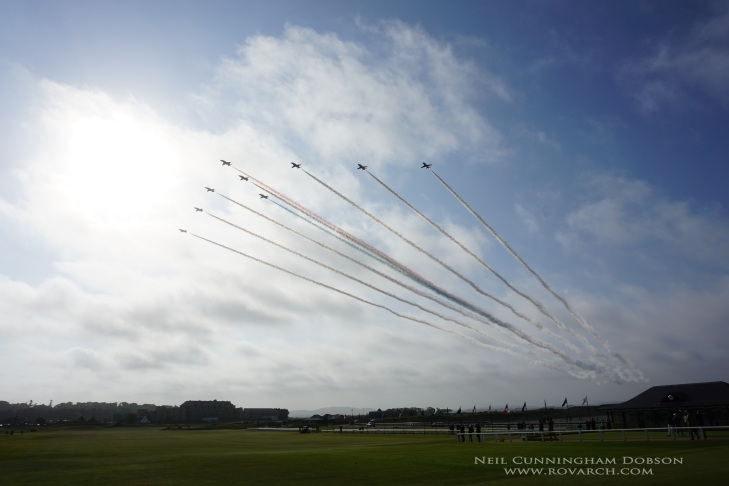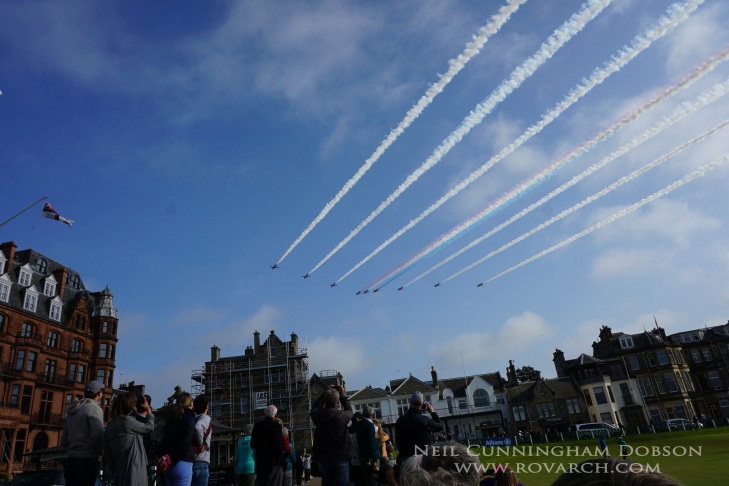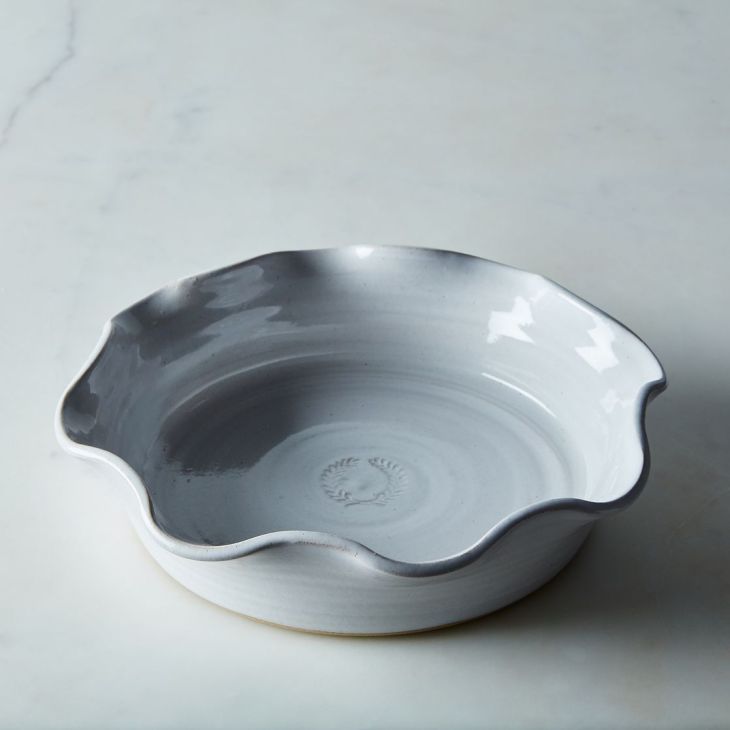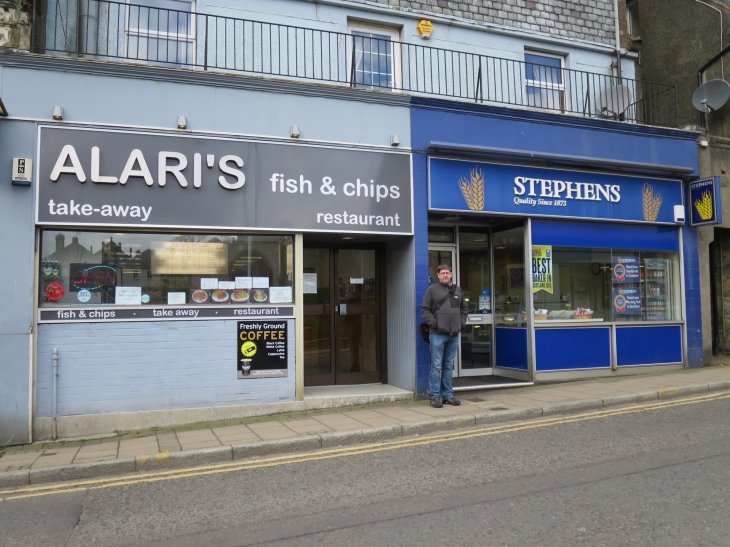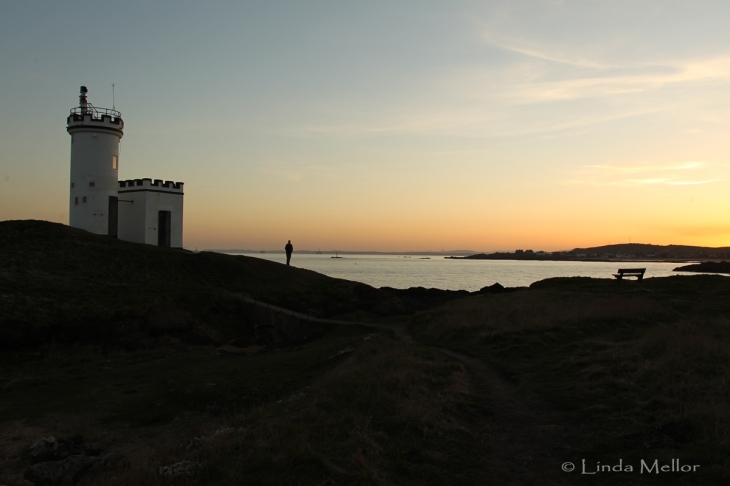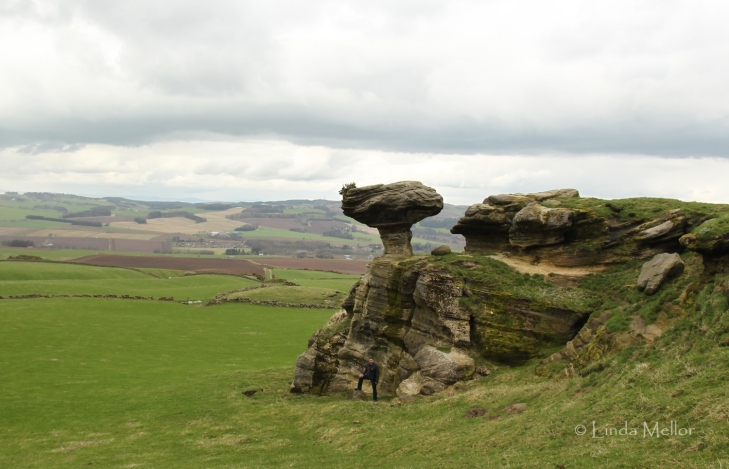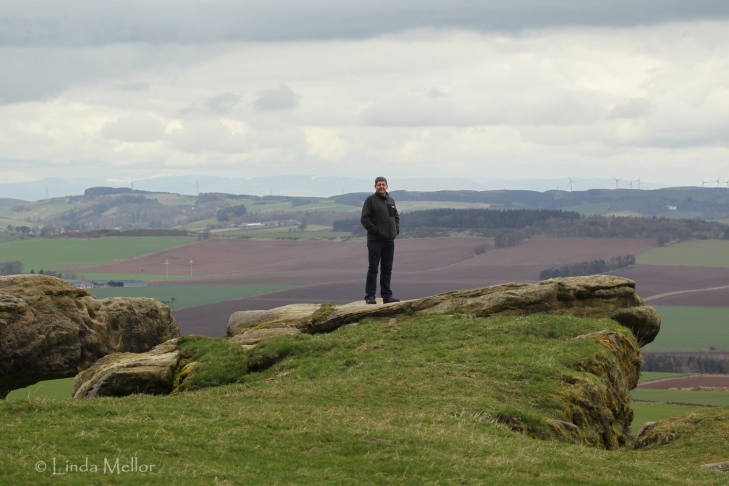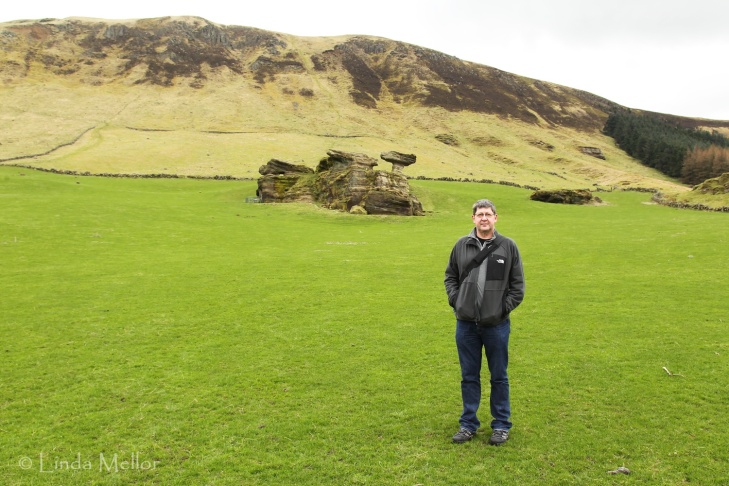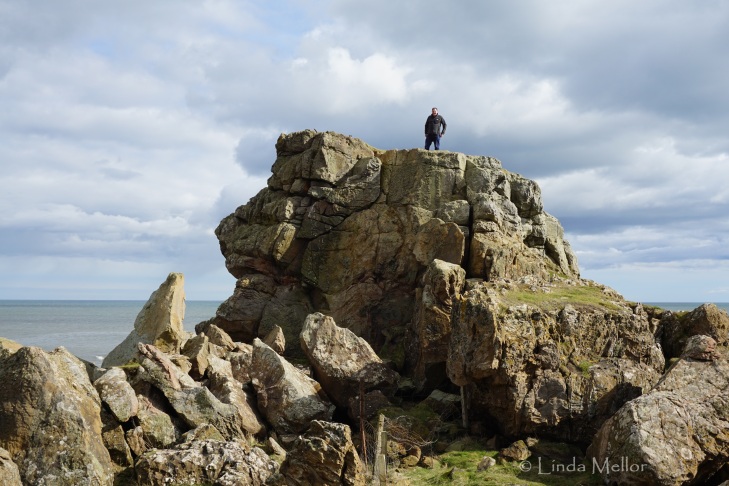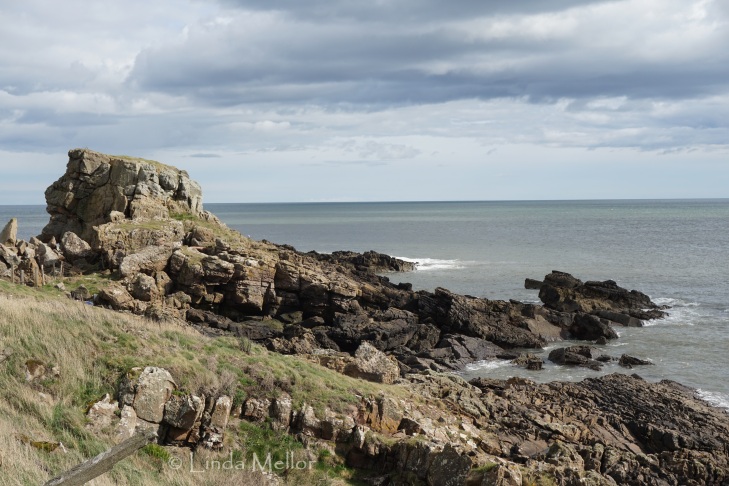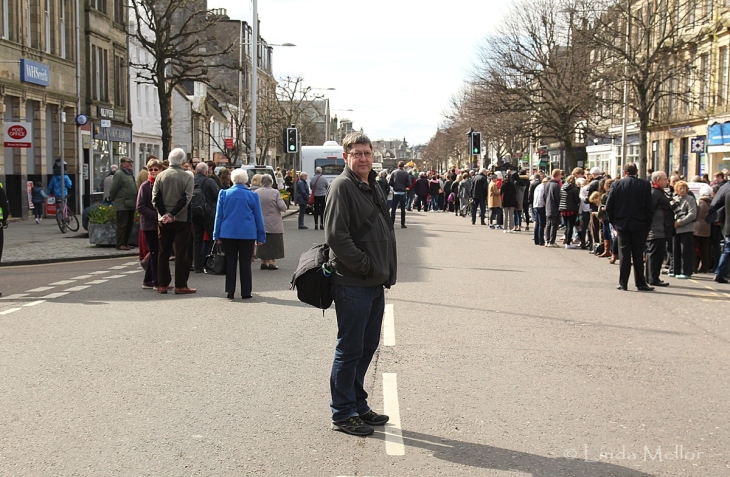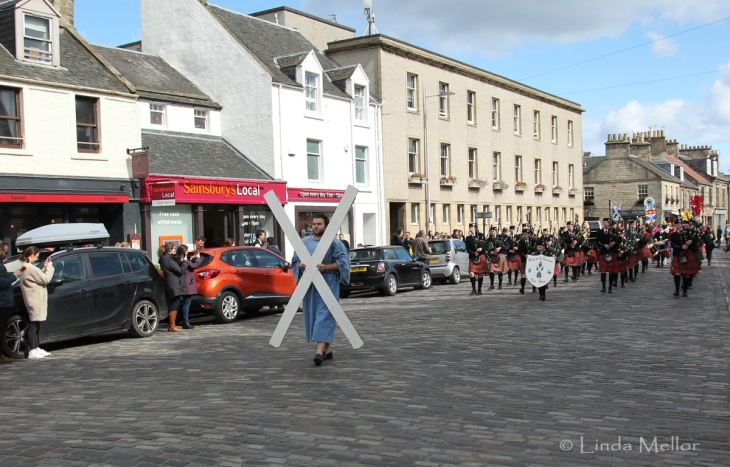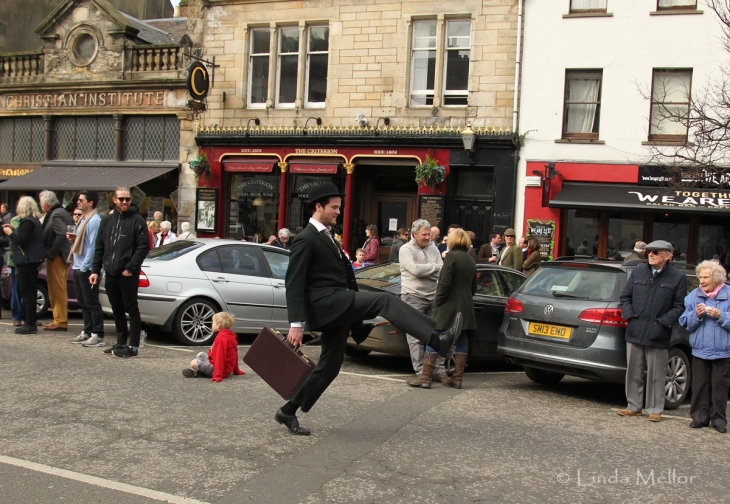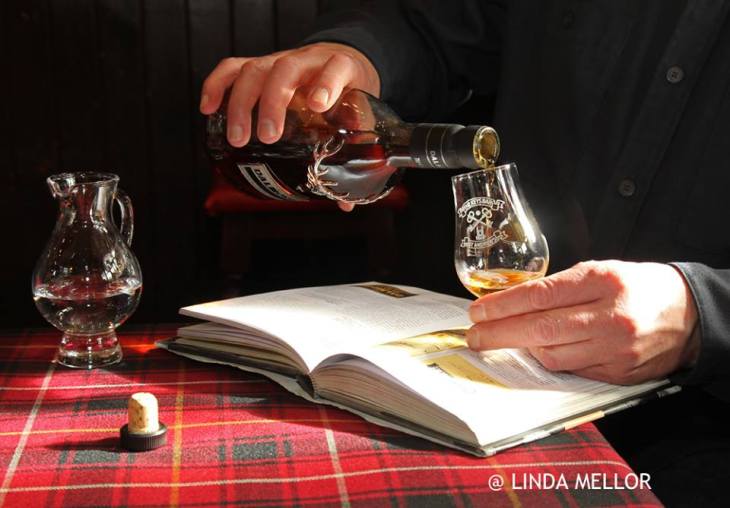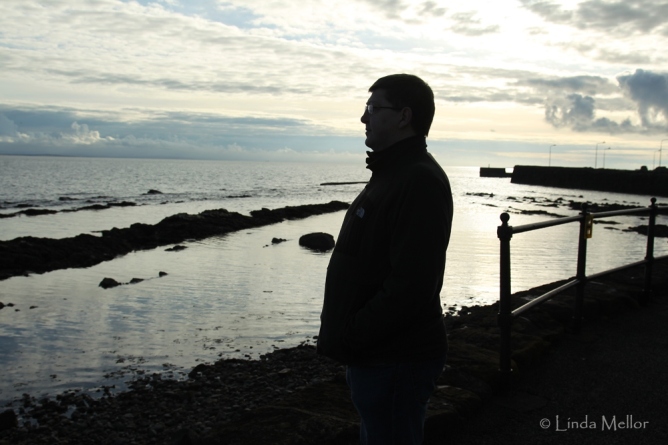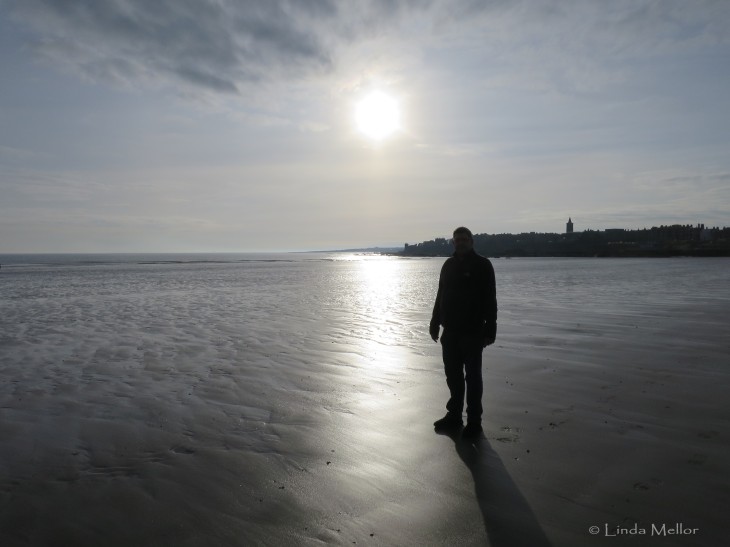
This spell of dry sunny weather has been refreshing. What better way to get rid of the winter cobwebs than a walk along the West Sands at St Andrews.
This uninterrupted 2 mile (3km) sandy low gradient beach with a 30m wide dune zone extends from the Swilcan Burn to the Out Head, (the mouth of the Eden estuary). It skirts and protects the world famous St Andrews Links golf courses.
The West Sands has for centuries been an area of recreation for locals and visitors. Animals grazed the Links, Salmon stake-net fishing provided a living for fishermen. In the days of sail many a cargo vessel run aground on the West Sand, embayed in St Andrews Bay during storms. A great place for bathing, horse riding, dog walking, and the classic British “Day out at the beach”. Motorcar and motorcycle races took place on the sands in the early 20th century, even aircraft operated sight-seeing trips from the sands from time to time. In 1981 the sands served as the set for the opening scene in the movie Chariots of Fire. During the 2012 Olympics Torch relay this was reenacted and the sands were also featured in the 2012 Summer Olympics Opening Ceremony. On many a windy day windsurfers, stunt kites, kite surfers, kite boarders and sand yachts can be seen out at the north end of the sands. Sand yachting was a popular activity in the 1970s on the sands and today a local outdoor activity company Blown Away continues this along with offering many other adventure experiences on land and sea.
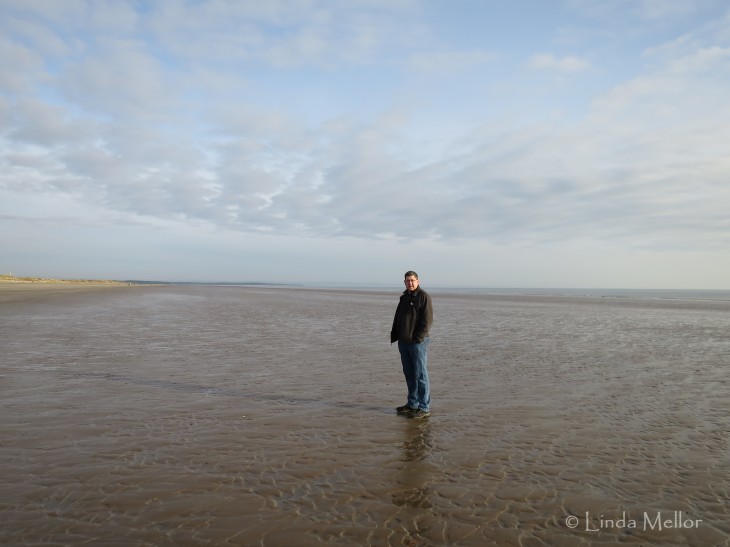
The Links and the West Sands are an internationally important landscape and diverse ecosystem. They are part of the Firth of Tay – Eden Estuary Special Area of Conservation and Marine Protected Area. There are many protected species within the area.
Of historical note: In 1864, following a severe storm a record-breaking specimen of a Bootlace Worm (Lineus longissimus), was washed ashore on the West Sands measuring over 55 m (180 ft) long.
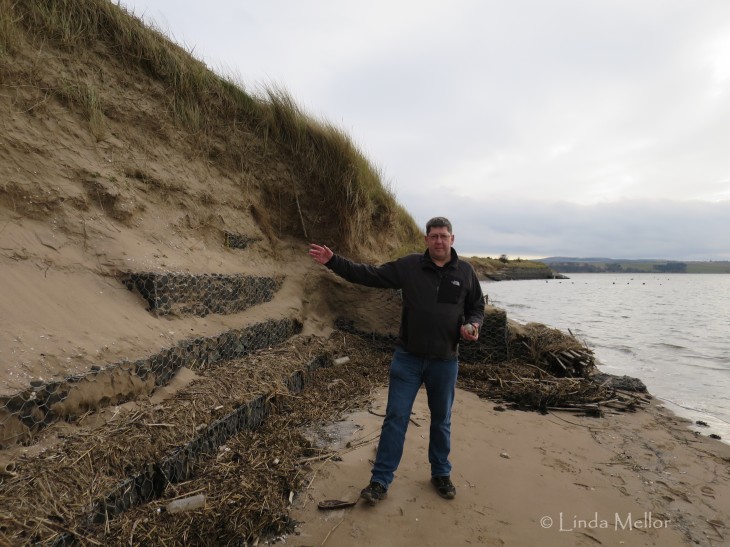
The effects of climate change, coastal erosion, flooding, and coastal storm surges are a constant threat to the area. In 2010 severe damage to the dunes, flooding of the golf courses and adjacent lands and erosion of the old municipal landfill at the Out Head occurred. A dune stabilisation programme is in operation with areas fenced off to public access whist the Marram Grass has time to stabilise the dunes.
There are many wonderful beaches along the “golden fringe” of the Kingdom of Fife. The West Sands is a must visit.
